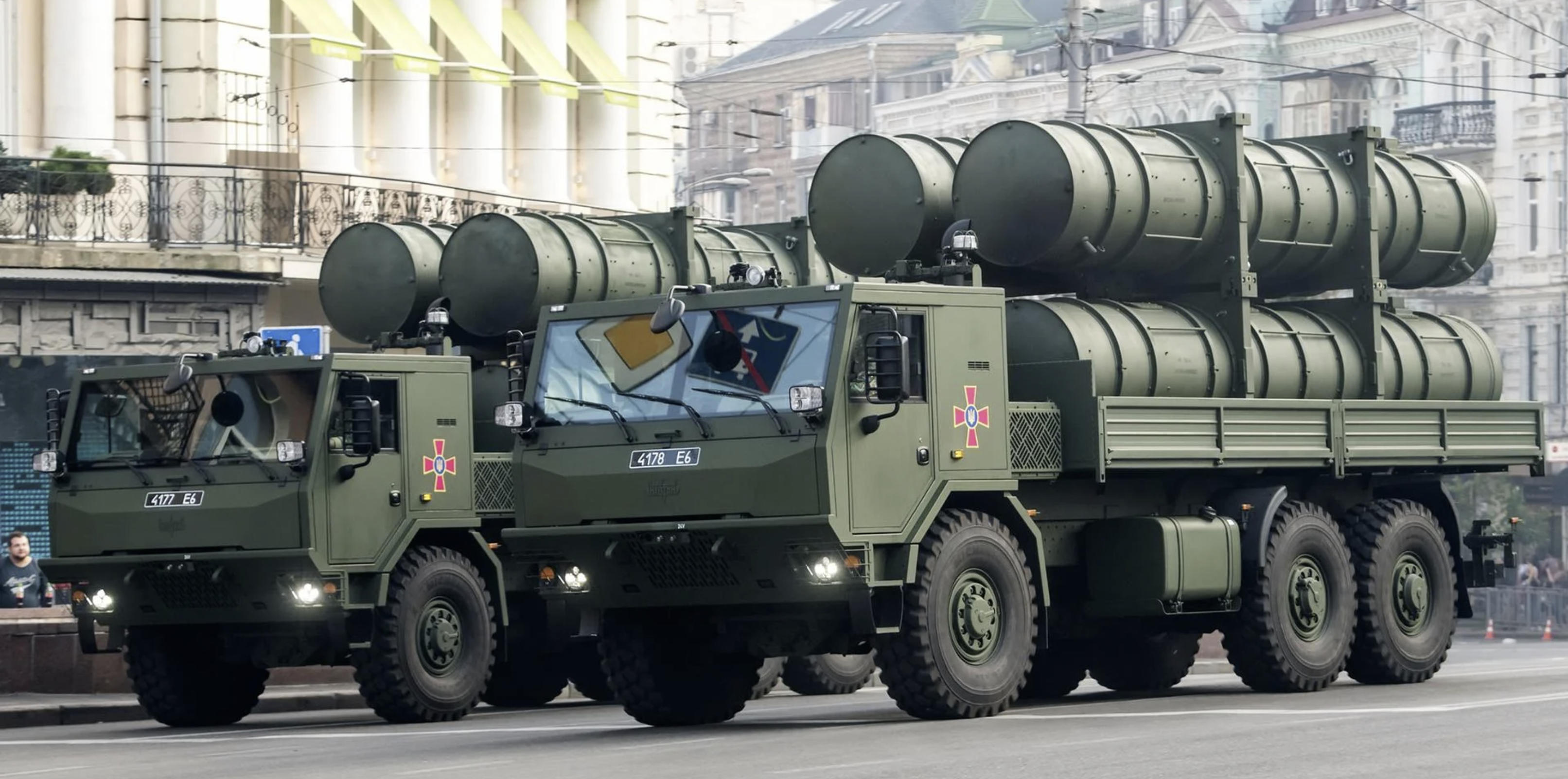Published
2 months agoon
By
Jackson
Ukraine has made a significant breakthrough in its defense capabilities with the development of the “Long Neptune” missile. Ukrainian President Volodymyr Zelenskyy recently announced that the missile has passed all tests and successfully demonstrated its combat effectiveness. Capable of reaching a target up to 1,000 kilometers away, the missile represents a major advancement in Ukraine’s military technology. Zelenskyy expressed his gratitude to Ukrainian developers, manufacturers, and military personnel for their contributions but did not disclose further details regarding its deployment.
Open-source intelligence (OSINT) analysts and various media reports indicate that Ukraine deployed the new missile against the Tuapse oil refinery in Russia, located on the Black Sea and approximately 550 kilometers from the front lines. Russian authorities confirmed that a fire broke out at the refinery over the weekend. Experts suggest that this strike was carried out using an upgraded version of the Neptune R-360 anti-ship missile.
The R-360 Neptune missile, developed by the Luch design bureau in Kyiv, has been part of Ukraine’s arsenal since 2020. Initially designed to protect the coastline by detecting and destroying enemy naval vessels, the missile boasts a 150-kilogram warhead with a range of 300 kilometers. It gained international attention in April 2022 when it was used to sink the Russian cruiser “Moskva,” a warship valued at approximately $750 million.
Building upon this success, Ukrainian engineers developed a new version of the missile in 2023. This modification enabled it to strike both land and sea targets, extending its range to 400 kilometers and increasing the warhead capacity to 350 kilograms. This variant has already been used against Russian air defense systems and strategic military sites, including an S-400 air defense system and the Saky airfield in Crimea.
Now, Ukrainian engineers have reportedly taken another step forward, creating a version of the Neptune missile capable of reaching up to 1,000 kilometers.
Despite its technological advancements, the mass production of the “Long Neptune” remains a critical challenge. Military expert Mykola Sunhurovsky from the Kyiv-based Razumkov Research Center noted that the missile would only be truly effective if deployed in large quantities. He emphasized the importance of securing production facilities, a difficult task given Russia’s ongoing missile strikes across Ukraine.
Serhiy Shurez, an analyst from Defense Express, believes Ukraine should aim to manufacture at least 40 to 50 missiles per month, matching Russia’s missile production rate. He also highlighted that Ukraine’s defense industry has an experienced design team behind the Neptune missile, in contrast to other projects, such as the Sapsan ballistic missile, which has remained in development for decades without deployment.
Prior to the development of the “Long Neptune,” Ukraine relied on long-range Western missiles such as the U.S.-supplied ATACMS and the U.K.-French Storm Shadow (SCALP) missiles, both with a range of 300 kilometers. However, reports suggest that Ukraine’s supply of ATACMS missiles has been depleted since January 2025, with no confirmation of future deliveries. The stockpile of Storm Shadow missiles is also limited.
While experts welcome Ukraine’s new long-range missile, they caution that it cannot fully replace Western weaponry. Instead, it should be seen as a supplement to ongoing military aid. Additionally, Kyiv is still in need of advanced Western missiles, such as Germany’s Taurus cruise missile, which has a range of 600 kilometers and a specialized warhead designed to penetrate fortified targets.
Russia has attempted to safeguard its assets by relocating key military equipment and production facilities deeper into its territory. However, experts argue that essential infrastructure, such as oil refineries, cannot be easily moved. The “Long Neptune” now allows Ukraine to strike deeper into Russia, targeting crucial industrial sites and logistics hubs that support Moscow’s war effort.
Until now, Ukraine has primarily relied on drones for long-range attacks, with domestically produced combat drones such as the “Lyutyj” and “Ninja” reaching up to 1,500 kilometers. However, drones carry limited explosive payloads—typically no more than 50 kilograms—making them ineffective against heavily fortified structures. By contrast, the “Long Neptune” missile, capable of carrying up to 300 kilograms of explosives, presents a more formidable threat to strategic Russian targets.
According to defense analysts, Ukraine’s ability to strike Russian refineries, command centers, and ammunition depots with its own missile technology is a crucial step toward military self-sufficiency. This capability reduces Ukraine’s dependence on Western arms shipments and enhances its capacity to sustain prolonged counterattacks against Russian forces.
As the conflict continues, Ukraine’s ability to mass-produce the “Long Neptune” missile and deploy it effectively will play a vital role in shaping the future of the war. With increased domestic missile production, Kyiv aims to maintain pressure on Russian forces while reducing its reliance on external military assistance


Germany’s New Coalition Government Unveils Stricter Immigration and Citizenship Policies


Mass Protests Erupt in South Korea Over President Yoon’s ImpeachmentAFP


EU Representatives Agree on New Driving License Rules


Erdogan Calls Turkey Protests ‘Evil’ as Unrest Escalates


Former U.S. Attorney Jessica Aber Found Dead at 43


UN Reduces Staff Presence in Gaza Due to Security Concerns


US Government’s Security Blunder: Journalist Accidentally Invited to Secret Chat










